Table of Contents
What are the proteins?
Proteins are the linear, unbranched polymers of amino acids which are held together by peptide bonds. There are about 20 amino acids that are used in synthesising all types fo proteins. The sequence of these amino acids is specific for a particular polypeptide and it helps in determining the nature of proteins. The protein molecules are large, complex and have high molecular weight. The minimum molecular weight of a protein is that of adrenocorticotrophin hormone i.e. 4500.
Protein is not freely soluble in water but forms the colloidal solution with the same. They may be formed of one polypeptide chain (monomeric proteins) or more than two chains (oligomeric protein). Chemically, the proteins are formed of carbon, hydrogen, nitrogen, oxygen and sulfur. Some proteins may also contain additional iron, phosphorous and other elements.
Classification of Proteins:
On the basis of their structure and composition, Proteins are classified into following groups-
- Simple Proteins.
- Conjugated Proteins.
Simple Proteins:
Simple Proteins are made up of amino acids only and on hydrolysis yield only a mixture of amino acids. These are further divided into-
- Fibrous proteins are animal proteins having long molecules and are insoluble in water. These include-
- Collagen contains a high proportion of hydroxyproline and hydroxylysine and forms gelatin on boiling. It is a major protein of connective tissues.
- Keratin contains a large amount of sulfur as cystine and is present in hair, nails and skin.
- Elastin is present in tendons and arteries.
- Globular proteins become less soluble and there is an increase in their heat-coagulability as the size of their molecule increases. These include-
- Histone is a basic protein soluble in water and not coagulated by heat.
- Albumins such as serum albumin and ovalbumin of egg white. These are water-soluble and can be precipitated from the solution by full saturation of ammonium sulfate. These are also coagulated by heat.
- Globulins are serum globulin, fibrinogen and muscle myosin. These are soluble in dilute salt solution and can be precipitated from solution by half-saturation of ammonium chloride. These are also coagulated by heat.
- Glutelins of wheat or rice are soluble in weak acids or bases, but insoluble in water.
Conjugated Proteins:
Conjugated Proteins are proteins that contain a non-protein group called a Prosthetic group attached to the protein part and on hydrolysis, give a mixture of amino acids and non-protein component. According to the nature of the prosthetic groups, these are further classified as follows-
- Nucleo-proteins have nucleic acids as a prosthetic group. Example- virus proteins.
- Metallo-proteins have metals (iron, copper or zinc) as a prosthetic group. Example- ferritin, catalase etc.
- Chromo-proteins have a pigment substance as a prosthetic group. Example- haemoglobin and cytochromes.
- Phospho-proteins have phosphate as a prosthetic group.
- Lipo-proteins have lipid as a prosthetic group.
- Glyco-proteins have carbohydrate or its derivative as a prosthetic group. Example- mucin.
Proteins have been called biological polymers. Explain.
Proteins are among the most important macro-molecules of organisms. They are called ‘biological polymers’ because of the varied role that they play in the structure and function of living organisms. Proteins serve to build cartilage and connective tissue, transport oxygen in blood and muscles, catalyse biological reactions as enzymes, defend the body against infections as antibodies, participate in body movement and as hormones control metabolism. There are thousands of different kinds of proteins present in the human body and other organisms. In their structure, proteins are linear polymers of amino acids forming primary, secondary and tertiary structures. There may be simple or conjugate proteins performing different functions. Thus, proteins are the most important molecules of a living organism.
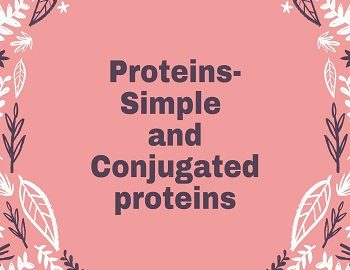
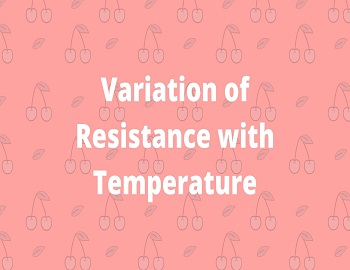
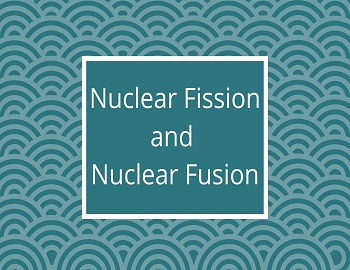
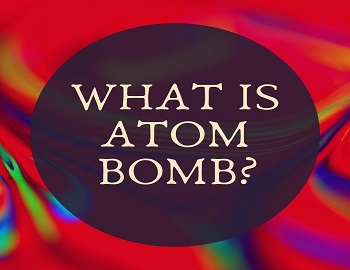


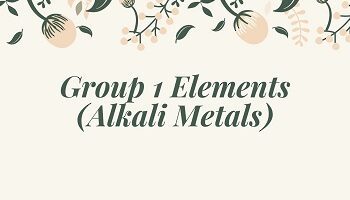
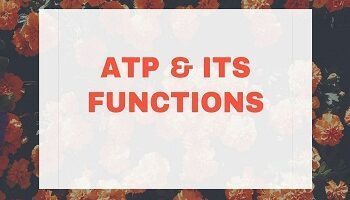
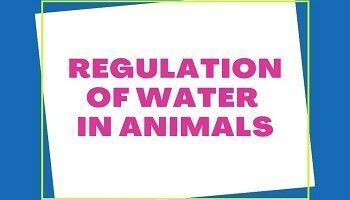
Comments (No)